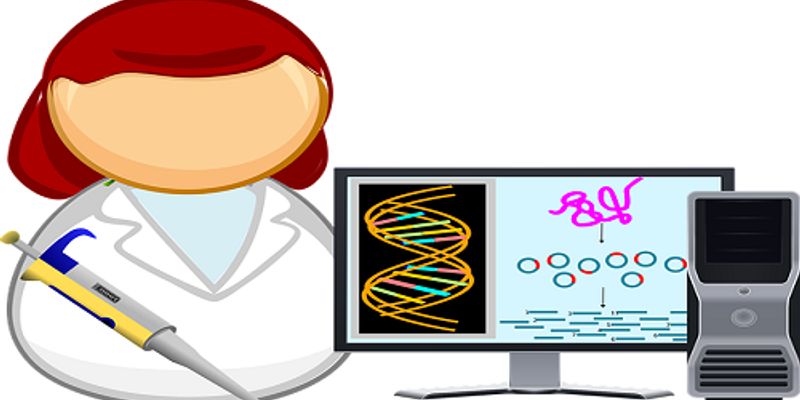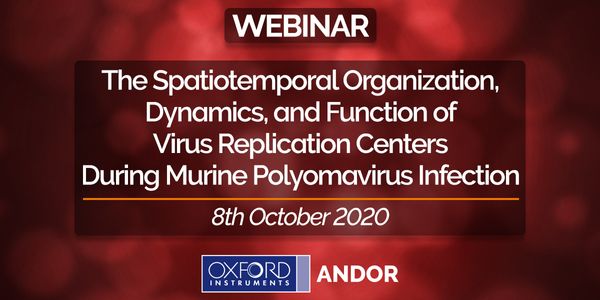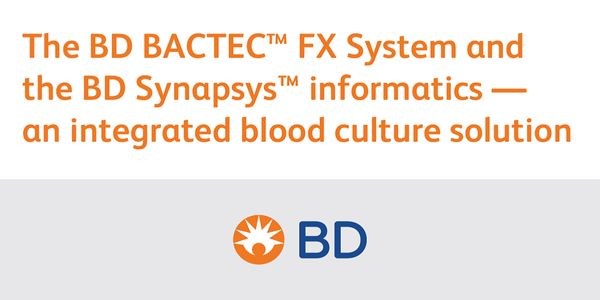Molecular Diagnostics
Molecular Diagnostics: Molecular diagnostic tests detect specific sequences in DNA or RNA that may or may not be associated with disease, including single nucleotide polymorphism (SNP), deletions, rearrangements, insertions and others. By analysing the specifics of the patient and their disease, molecular diagnostics offers the prospect of personalized medicine. These tests are useful in a range of medical specialisms, including infectious disease, oncology, human leucocyte antigen typing, coagulation, and pharmacogenomics-the genetic prediction of which drugs will work best.
-
Antibodies have become one of the most important tools in life science research, allowing the detection, quantitation, and determination of changes in proteins and other molecules with respe...Speaker: Wayne Speckmann, PhD
Immunohistochemistry (IHC) is used to determine spatial relationships where we can identify the localization of target proteins in specific regions and cells of a tissue. IHC has been the go...
Speaker:
Vivian Barry, MS
Presented at: Cancer Research & Oncology Week Virtual Event Series 2020
Sponsored By: Roche Diagnostics
Sponsored By: Roche Diagnostics
OCT 08, 2020 | 9:00 AM
Date: October 8, 2020 Time: 9:00am (PTD), 12:00pm (EDT), 5:00pm (GMT) Small DNA viruses require both host DNA replication and repair factors for their replication. The host cell replication...
Mutations in the epidermal growth factor receptor gene (EGFR) and the known Kirsten rat sarcoma viral oncogene (KRAS) are significant drivers in the development of non-small-cell lung cancer...
Speaker:
Hestia Mellert, PhD
Presented at: Cancer Research & Oncology Week Virtual Event Series 2020
Sponsored By: Bio-Rad Laboratories
Sponsored By: Bio-Rad Laboratories
Individuals of under-represented minority ancestry are at disproportional risk for higher incidence and mortality rates for particular cancers. The unequal burden of cancer in certain racial...
Speaker:
Steven R. Patierno, PhD
OCT 08, 2020 | 7:00 AM
DATE: October 8, 2020 TIME: 7:00am PDT, 10:00am EDT, 4:00pm CEST How often do you pipette in your cell culture lab every day? Usually, we do it so often that we tend stop thinking about ho...
Every patient is different and so is every tumor! The term “personalized oncology” today is largely associated with sequencing approaches. Current publications proof more and mor...
Speaker:
Christian Regenbrecht, PhD
Presented at: Cancer Research & Oncology Week Virtual Event Series 2020
Sponsored By: Luminex - A DiaSorin Company
Sponsored By: Luminex - A DiaSorin Company
Changes in transcriptional regulation are thought to be one of the key drivers of carcinogenesis. Although next-generation sequencer revolutionized transcriptome analysis, there are limitati...
Speaker:
Masahito Kawazu, MD
Learning Objectives: 1. Understand the evolving epidemiology of prostate cancer in the the US and globally, and the excess burden of disease borne by men of African ancestry 2. Describe the...
Speaker:
Matthew R. Cooperberg, MD
Learning Objectives: 1. To provide an overview of relevant hereditary cancer syndromes 2. To encourage providers to obtain a thorough family history 3. To educate providers about available r...
Speaker:
Rinki Agarwal, MD FACOG,FACMG
























